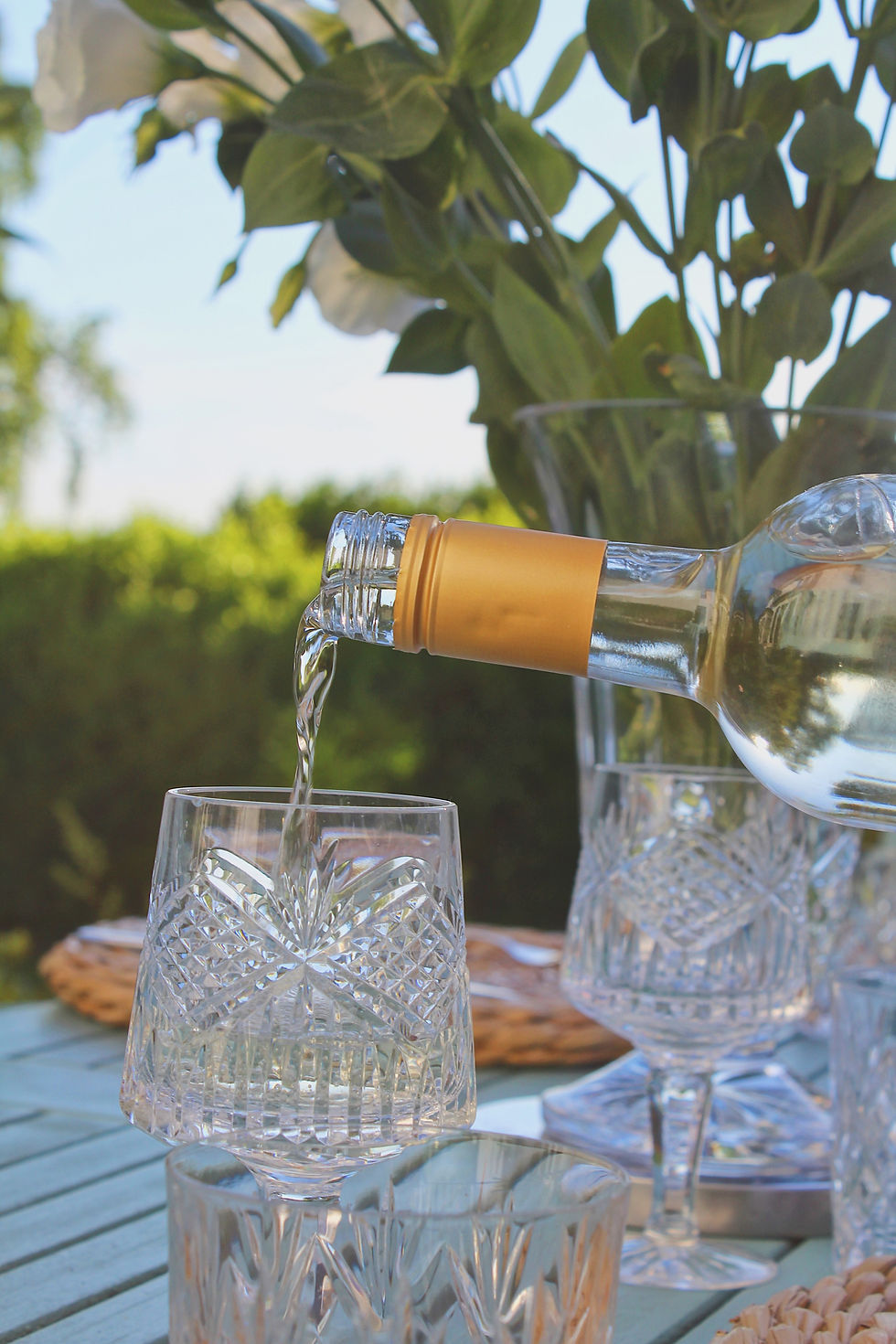After waiting in anticipation for four months to receive my University results, the day finally came and it was worth the wait...

Last Thursday, the day finally arrived. The last four years of study have presented many opportunities, experiences and struggles. You can read more about my educational journey on the 'about me' section of the website. I have enjoyed studying International Hospitality Management greatly, in my final year I wrote my dissertation on climate change and how the wine industry is going to be impacted if steps aren't taken to develop and implement sustainable practices. Over the next few weeks I'm going to write a blog post concentrating on this!

I am delighted to say I got an 'A' in this dissertation and will graduate from University with a First-Class BA Hons. To say I am thrilled is an understatement. Unfortunately due to the ongoing Covid-19 pandemic my University is not hosting a formal graduation ceremony. However, I was surprised with a small family gathering to mark the occasion. In order to celebrate this accomplishment in style my mum treated me to my favourite Champagne - Taittinger.

Of the main Champagne houses, Moet Chandon, Veuve Clicquot, Ruinart, Laurent Perrier Dom Péringnon and Taittinger, Taittinger is definitely my favourite. Although these are some of the main houses, the region is home to 1,500 smaller producers and approximately 350 houses (larger firms) which make up 10% of vineyard space. This indulgent sparkling wine comes from the Champagne region in France. Located in the North East of the country this region is only 45 minutes from Paris by train. The vineyards in this region are the most expensive in the world, the rich history and UNESCO world heritage site status contribute to Champagnes prestige, excellence and legacy.

The name Champagne originates from Latin and can be traced back to the sixth century but it was not until the 17th century that the wine we recognise today was in production. The cool climate of the region contributed to this. The region has an average temperature of 10°C, this along with altitude, limestone and soft chalk terroir and fermentation style, bubbles are produced. In simple terms, harvesting the grapes in the autumn and leaving the juice sitting over winter, causes the yeasts present to temporarily stop fermentation before all sugar has been converted to alcohol. Once summer returns the following year and the yeast strains have had the opportunity to warm up, small gentle bubbles will emerge.

Obviously, this process is more complex and is completed over years however, all wines in Champagne will be produced using the 'traditional method.' This process sees the wine undergo a second fermentation in the bottle after the base wine is produced (a simple dry wine with little flavour and high acidity). Sugar and yeast are added to the base wine and bottled, creating carbon dioxide and consequently bubbles!
These golden bubbles are adored by many, Champagne is a treat and is the image of celebration. Winston Churchill famously said "It's not just France we are fighting for, it's Champagne!"

"It's not just France we are fighting for, it's Champagne!"

Last Thursday I celebrated my achievement with this hallmark bottle. I prefer Taittinger for a few reasons. There are three grapes that will be used to make Champagne, Chardonnay, Pinot Noir and Pinot Meunier. Chardonnay is the predominate component in Taittinger making up 40% of the Brut Reserve, enabling the constant signature style to be achieved. The grapes are grown in 35 different vineyards over Champagne and blended to create the elegant, light and balanced style which is so recognisable as Taittinger. I prefer this lighter style as the delicate bubbles, light peach aroma with honey, brioche, white flowers and vanilla are gentle on the palate and not overpowering in comparison to other styles.

Achieving a 4.2 rating on Vivino this bottle is perfect for any celebration or life achievement. Once you hear the psst of the popping cork, you can ensure all your family and friends will surround you ready to toast to your success...

Cheers!














